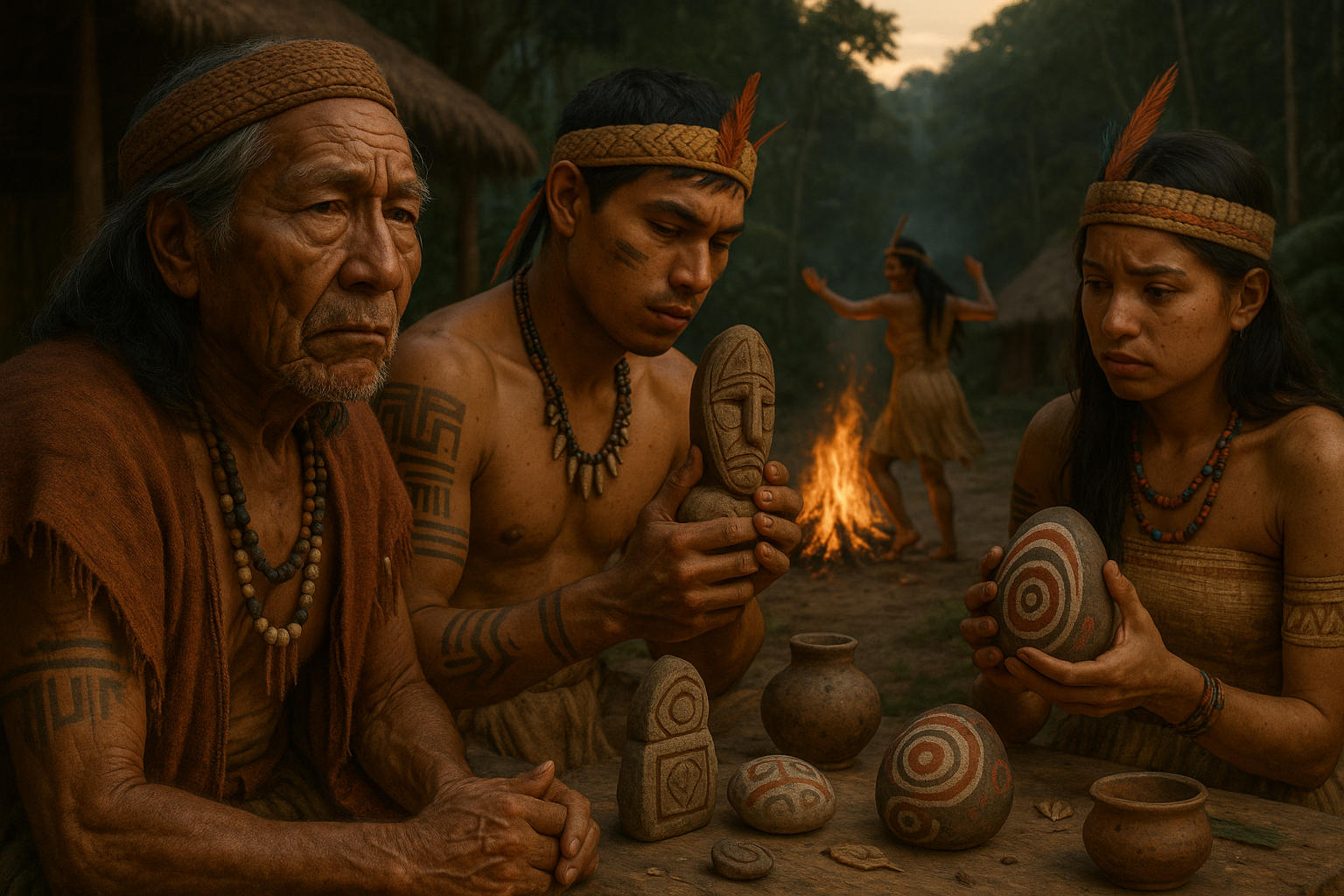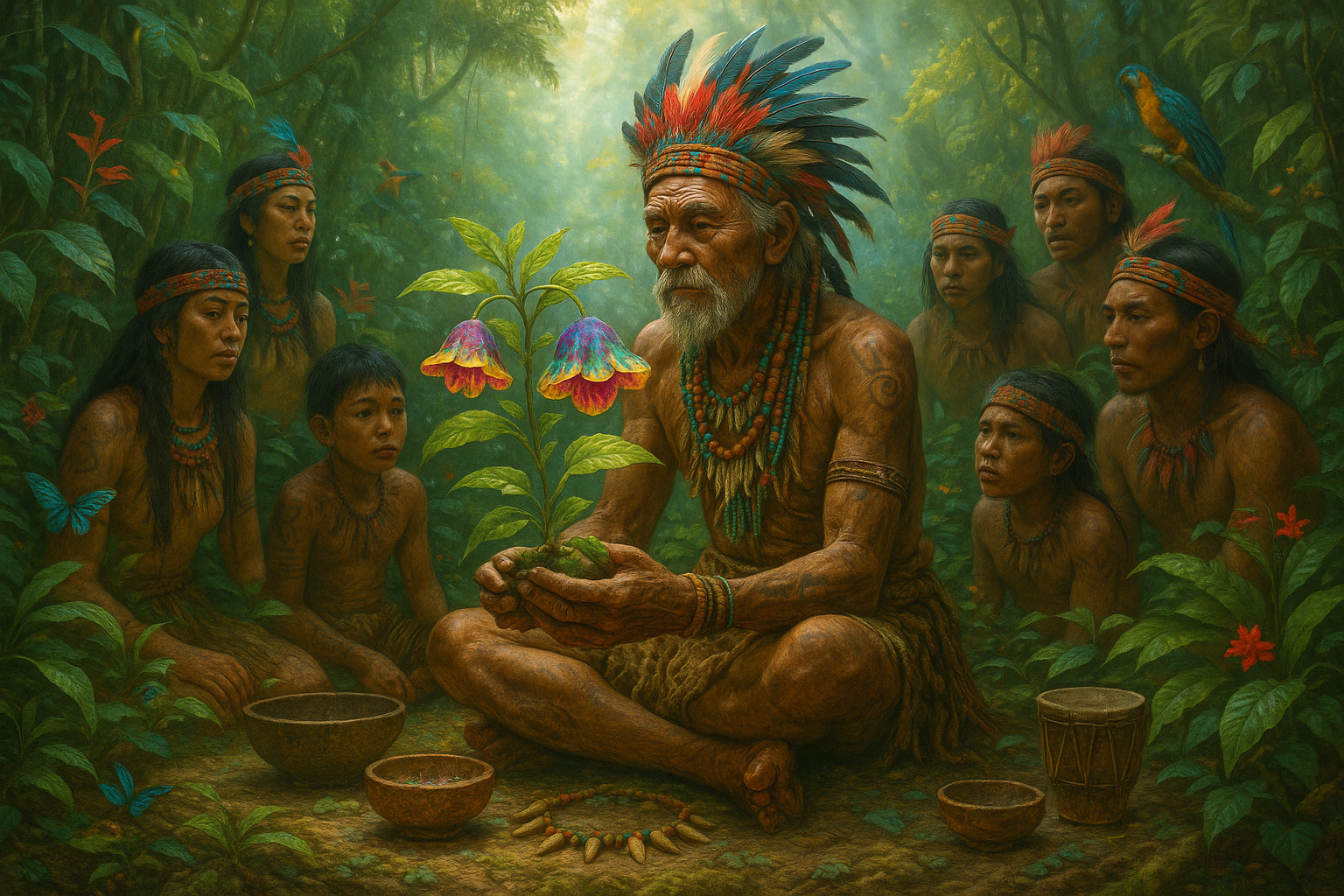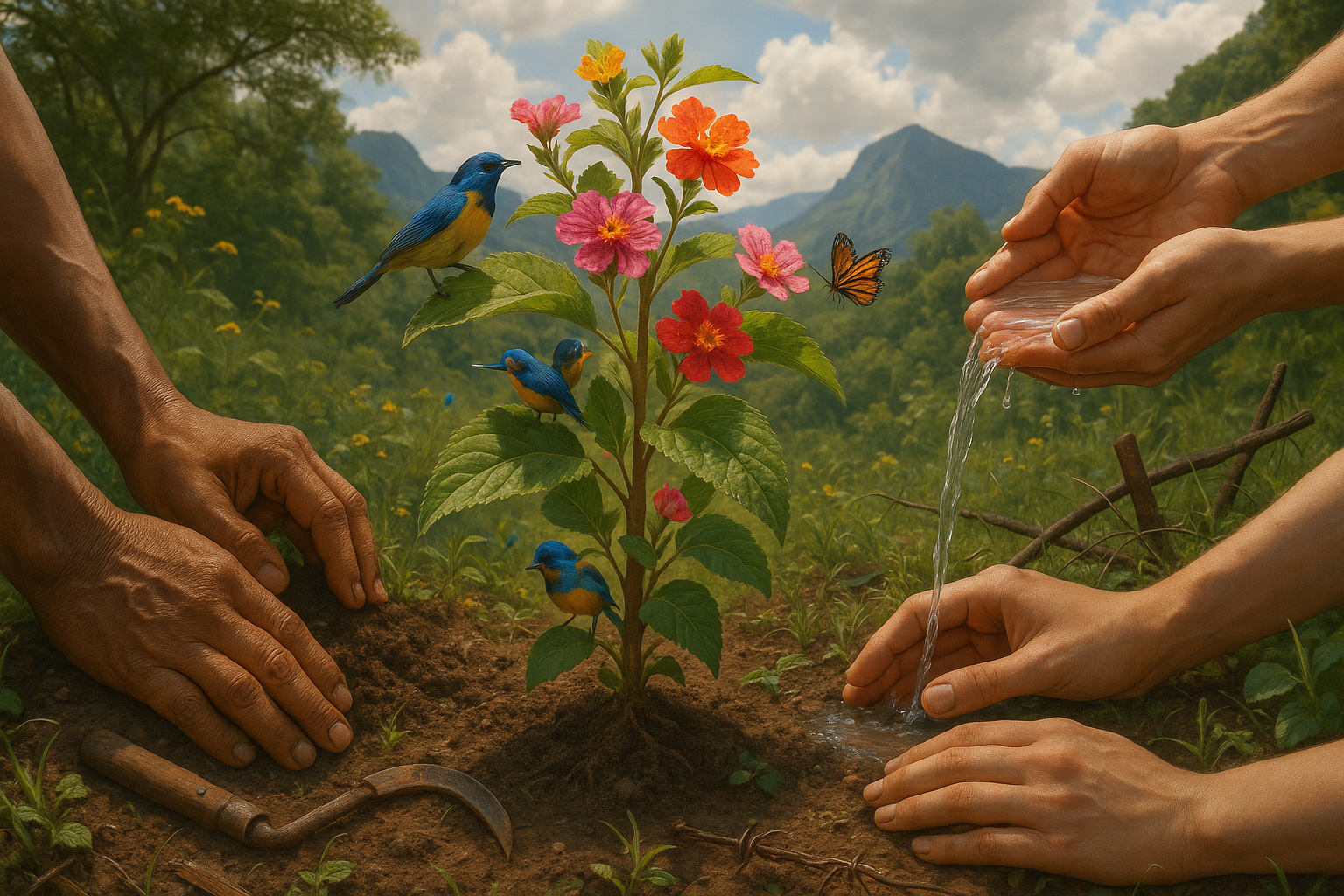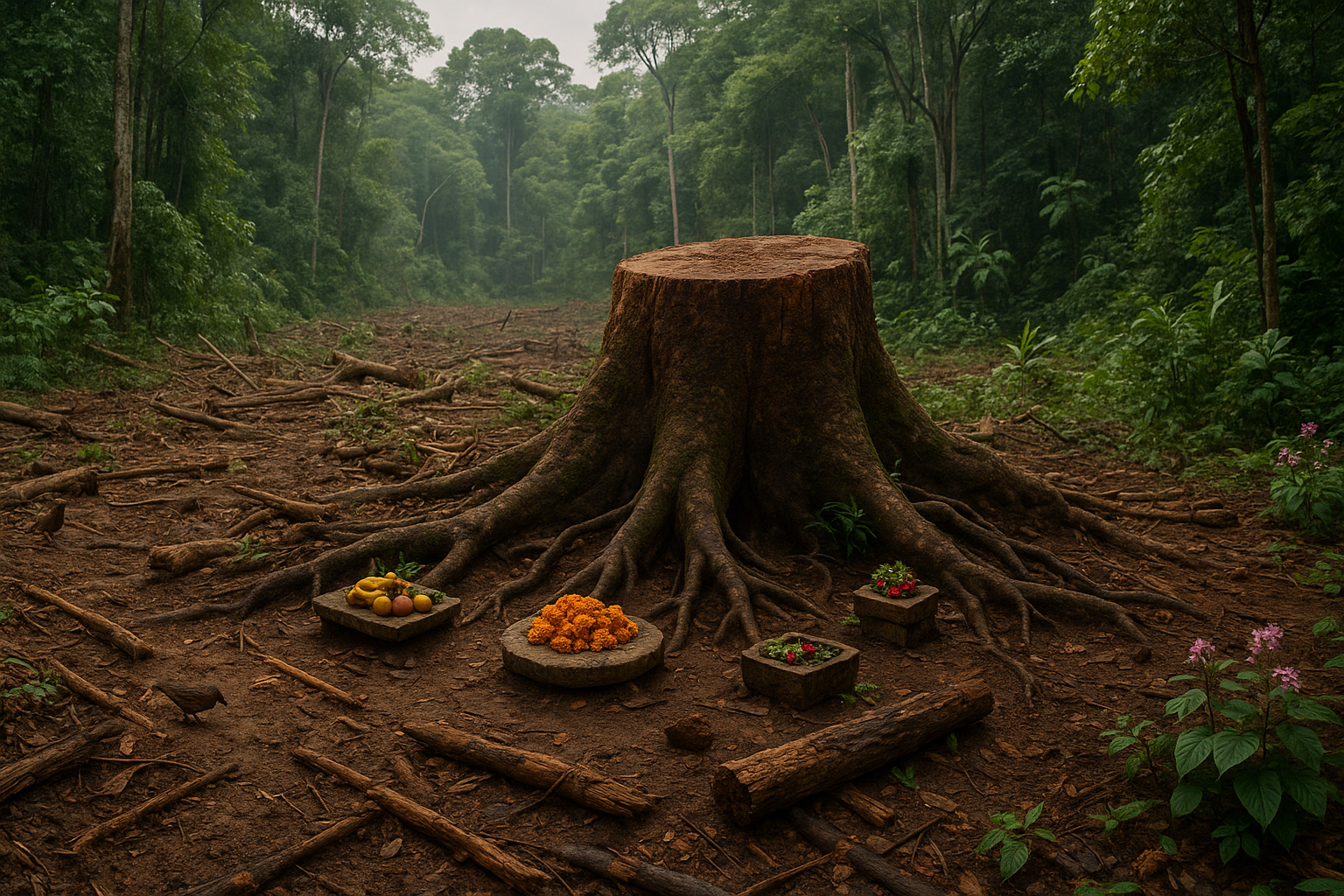Imagine stepping into a time machine, journeying back thousands of years to uncover the secrets hidden in the soil beneath our feet. 🌱 While we may not have a literal time machine, the field of archaeobotany offers us the next best thing. By studying ancient plant remains, archaeobotanists unlock the mysteries of past civilizations, revealing how ancient societies interacted with their environment and utilized the flora around them. This captivating world of archaeobotanical studies sheds light on the lost ritual flora of bygone eras, providing us with insights into the cultural, economic, and spiritual lives of our ancestors.
Archaeobotany, a specialized branch of archaeology, focuses on the study of plant remains from archaeological sites. These remnants, often charred seeds, pollen grains, or phytoliths, serve as time capsules, preserving the botanical history of ancient communities. But why is this important? 🤔 Simply put, understanding ancient plant use gives us a deeper appreciation of the sophisticated knowledge that ancient peoples possessed about their natural world. This knowledge was not only crucial for their survival but also played a significant role in their cultural and spiritual practices.
One of the most intriguing aspects of archaeobotanical research is its ability to reveal the lost ritual flora of ancient civilizations. Plants were not merely sources of food and medicine; they were deeply woven into the spiritual and ceremonial fabric of societies. From sacred groves to ritual offerings, plants held symbolic meanings and were integral to religious and cultural rituals. In this article, we will delve into how archaeobotanical findings have brought to light these fascinating aspects of ancient life.
The Seeds of Discovery
The journey begins with the discovery of ancient seeds and plant remains at archaeological sites. These tiny artifacts, often overlooked, are meticulously analyzed to identify the species and understand their historical context. Through methods such as flotation and microscopy, archaeobotanists can reconstruct ancient environments and agricultural practices, offering a glimpse into the dietary habits and trade networks of the past.
Plants as Symbols and Offerings
As we explore further, we’ll uncover how plants were used in rituals and ceremonies. Many cultures revered certain plants for their symbolic meanings or believed they held spiritual power. We’ll examine case studies of ancient societies where specific flora played crucial roles in religious ceremonies, from the use of incense and offerings to the creation of sacred spaces.
Medicinal and Magical Uses
Beyond their ritual significance, plants were also central to the medicinal practices of ancient peoples. Archaeobotanical evidence provides insights into the pharmacopoeia of the past, revealing how ancient cultures harnessed the healing properties of plants. 🌿 Additionally, we’ll explore how some plants were believed to possess magical qualities, used in charms and amulets to protect against evil or bring good fortune.
The Legacy of Ancient Flora
Finally, we’ll reflect on the legacy of ancient ritual flora in modern times. Many plants that were once sacred continue to be significant in contemporary cultures, either as traditional medicines, religious symbols, or cultural icons. Understanding their historical roots enriches our appreciation of their continued relevance today.
As we embark on this journey through the annals of archaeobotanical research, prepare to be amazed by the intricate relationships between humans and plants throughout history. From seeds and pollen to sacred groves and mystical rituals, the world of ancient flora is a testament to the ingenuity and spirituality of our ancestors. 🌺 Join us as we uncover the ancient mysteries of ritual flora and gain a deeper understanding of the past, enriching our perspective on the present.
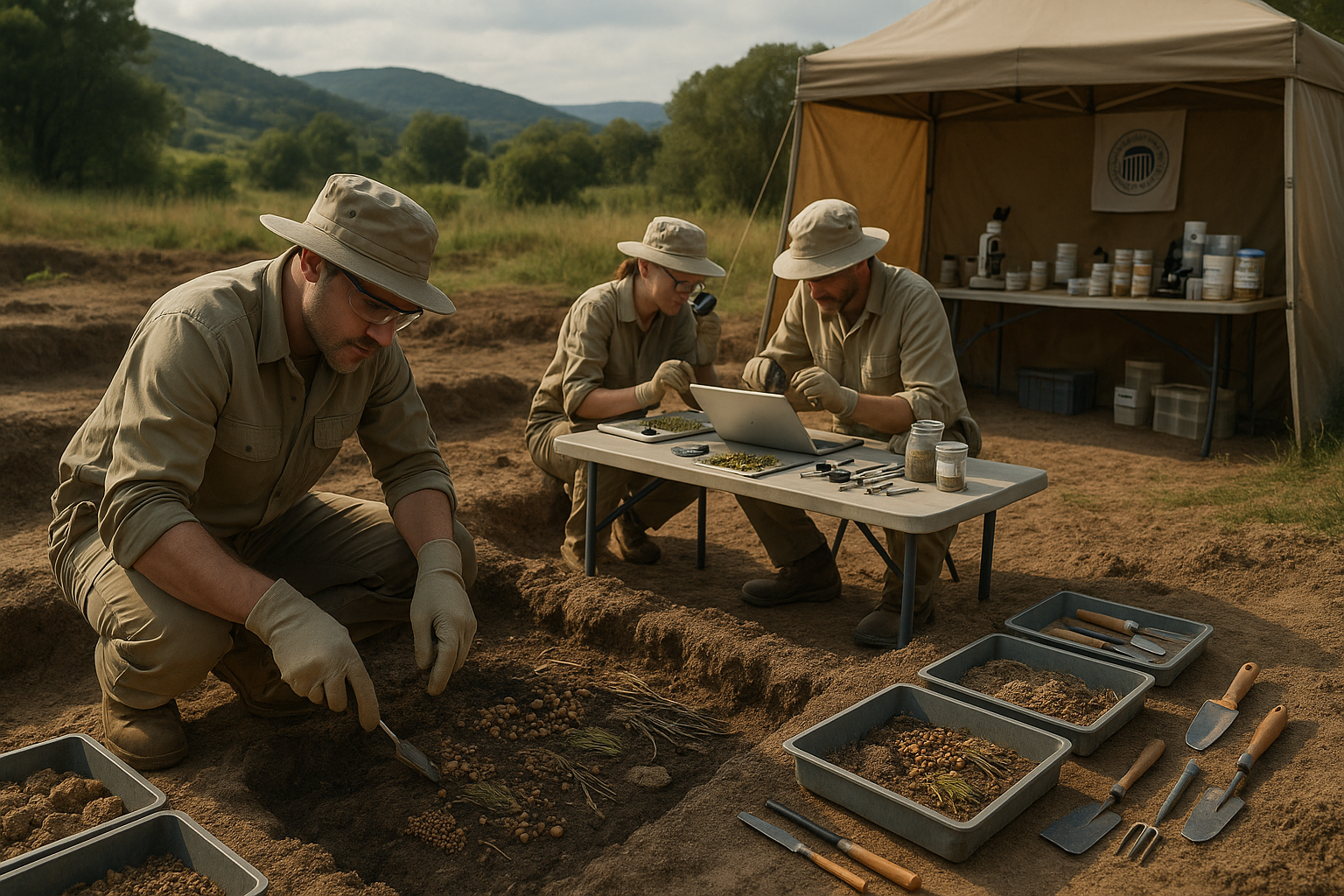
Conclusion: The Timeless Tale of Ancient Botanicals 🌿
The journey through the world of archaeobotanical studies has taken us on a fascinating exploration of how plant remains from the past provide a window into ancient cultures and their rituals. By uncovering the lost ritual flora, we have pieced together fragments of history that speak volumes about human interaction with the environment, societal structures, and spiritual practices. The meticulous work of archaeobotanists reveals not only the dietary habits of our ancestors but also the profound cultural and symbolic significance of plants in ancient societies.
Throughout the article, we delved into how archaeobotanical studies help decode the mysteries of ancient rituals. From the analysis of pollen grains and phytoliths to the excavation of charred seeds, these methods have illuminated the sophisticated knowledge ancient peoples had about their flora. This understanding enriches our comprehension of historical timelines, trade routes, and even climatic conditions of bygone eras.
Furthermore, the integration of modern technology, such as DNA analysis and carbon dating, has propelled the field into new realms of discovery. These advancements have enabled researchers to construct more accurate reconstructions of ancient environments and better understand how our ancestors adapted to and altered their landscapes. 🌍
The importance of this field cannot be overstated. As we face contemporary challenges like climate change and biodiversity loss, learning from the past becomes crucial. The resilience and adaptability demonstrated by ancient cultures in their use of flora offer valuable lessons for sustainable living today. Archaeobotany doesn’t just unravel the past; it equips us with knowledge that is increasingly relevant for our future.
We encourage you, dear reader, to reflect on the timeless relationship between humans and plants. Share this newfound appreciation for archaeobotanical studies with your community. Discuss it with friends, apply its insights to contemporary environmental challenges, and continue exploring this intriguing field. Let us honor the legacy of ancient cultures by integrating their wisdom into our modern lives.
To dive deeper into the world of archaeobotany, you may explore resources from reliable sources such as the International Work Group for Palaeoethnobotany and the Archaeological Institute of America. These organizations offer a wealth of information on ongoing research and developments in the field.
Thank you for embarking on this journey with us. We hope you leave inspired, informed, and eager to explore the depths of history through the lens of archaeobotany. Feel free to share your thoughts and insights in the comments below. 🌟
—
This conclusion encapsulates the essence of archaeobotanical studies, highlights their importance, and encourages further engagement. You can expand this foundation by adding more specific examples or case studies discussed in the article.
Toni santos is a cultural storyteller and botanical history researcher devoted to uncovering the hidden narratives of cryptobotany and lost plant lore. With a lens focused on forgotten flora, Gabriel explores how ancient communities discovered, used, and ritualized plants — seeing them not merely as resources, but as vessels of meaning, identity, and ancestral memory.
Fascinated by mythical plants, vanished species, and secret ethnobotanical knowledge, Gabriel’s journey weaves through herbal manuscripts, oral traditions, and forgotten botanical practices passed down in fragments. Each story he tells is a reflection on the power of plants to heal, connect, and preserve cultural wisdom across time.
Blending ethnobotany, folklore studies, and cultural storytelling, Gabriel researches the plants, uses, and rituals that once shaped societies — uncovering how lost plant lore reveals deep interconnections between belief, nature, and survival. His work honors the healers, shamans, and herbalists who safeguarded this knowledge beyond the reach of written history.
His work is a tribute to:
-
The sacred role of plants in ancestral rituals
-
The beauty of forgotten botanical knowledge and uses
-
The enduring link between nature, culture, and myth
Whether you are passionate about ancient herbal traditions, curious about plant folklore, or intrigued by the mysteries of cryptobotany, Gabriel invites you on a journey through green lore and living memory — one plant, one ritual, one story at a time.


